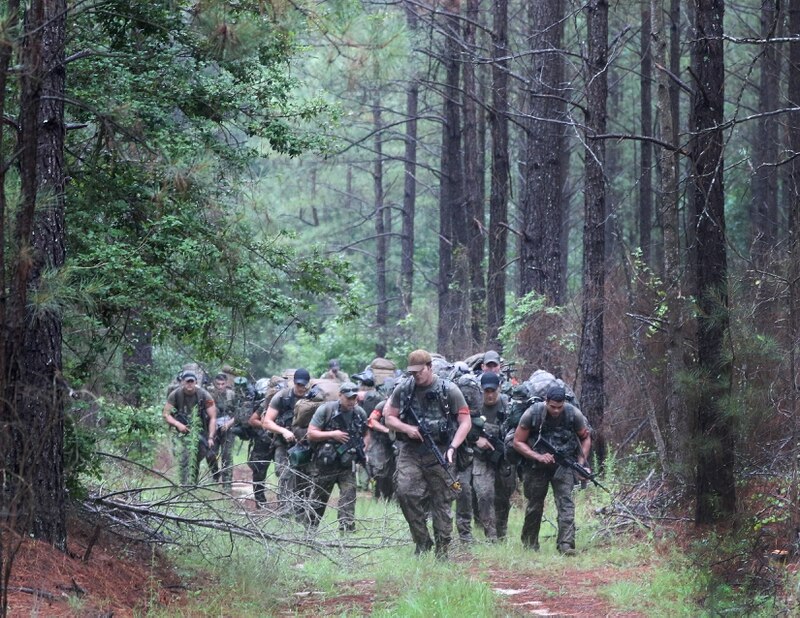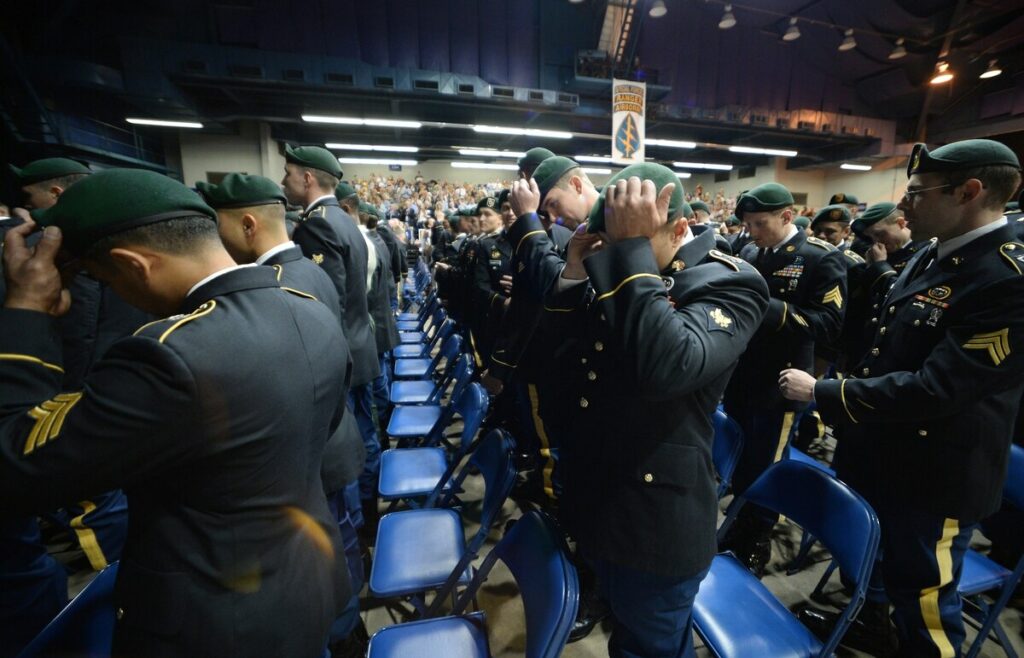This article by Harm Venhuizen originally appeared in the Army Times
“Quiet Professionals.” “Snake Eaters.” “Soldier-Diplomats.” “Bearded Bastards.”
U.S. Army Special Forces are known by a variety of nicknames, but their exclusive right to wear the Green Beret was not recognized until nearly a decade after their formation.
Founded in 1952 as part of the U.S. Army Psychological Warfare Division, the 10th Special Forces Group was the first of its kind, according to Army archives.
Related: HERE’S WHAT SPEC OPS VETS AND FEMALE SOLDIERS THINK OF THE FIRST FEMALE GREEN BERET
It was named the tenth group to make the Soviets think there were at least nine others just like it, Anne Jacobsen wrote in her book “Surprise, Kill, Vanish.” The Army’s mission was to create and maintain a force to conduct unconventional warfare. The skills required to do so, however, she notes, were not. To work by, with and through guerrilla fighters to accomplish the wide range of missions Special Forces are tasked to carry out, these elite soldiers had to become jacks-of-all-trades.
Special Forces’ founder, Col. Aaron Bank, was selected as the man for the job. Bank had been the leader of an Office of Strategic Services Jedburgh Team, a small, highly-trained team designed to gather intelligence and conduct raids and resupply missions with local guerrilla forces during World War II.
Much of the idea for what Bank later called “the unit with the greatest combat potential in the Armed Forces” in the 10th Special Forces yearbook came from this time in the OSS. His Jedburgh Team trained in parachuting, foreign languages, hand-to-hand combat, radio operations, and a host of other specialized skills, and as a result, his new Special Forces team would too.
Wanting to distinguish themselves from conventional Army forces, Special Forces soldiers selected the wear of the beret because of OSS influence, since a number of its teams adopted headgear worn by soldiers in France. And the color green came from the influence of British Commandos during World War II.
However, because green berets were not officially authorized by the U.S. Army, they were only worn in the field and not in garrison.

Related: CUTTING THE MUSTARD IN SPECIAL FORCES: BECOMING A GREEN BERET
The berets continued to be Special Forces’ unofficial headgear until then-President John F. Kennedy made it official, stating in a 1962 official memo that the cap had become a “symbol of excellence, a badge of courage, a mark of distinction in the fight for freedom.”
And that’s just what they are today. Perhaps most popularly known now as Green Berets, Army Special Forces soldiers are still regularly deployed around the world for combat and training missions.
Currently, the Army has seven special forces groups in total: five are active duty, and two are in the National Guard.
Since Kennedy’s death in 1963, Green Berets lay a wreath on his grave annually to recognize the role he played in making the nation’s unconventional warriors what they have become.



